RESPONSE TO CLIMATE CHANGE COMMISSION: Drive Electric’s advice on the second draft of the Emissions Reduction Plan (2026-2030)
Drive Electric
JUNE 19, 2023
It is rapidly becoming clear that electric vehicles will replace petrol and diesel ICE vehicles in most use cases. International jurisdictions are setting dates for the end of new fossil fuel vehicles. Automakers are committing to dates by which they will only produce electric vehicles. This will only intensify.

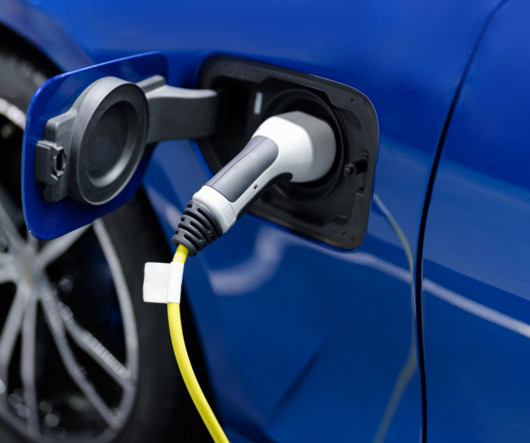
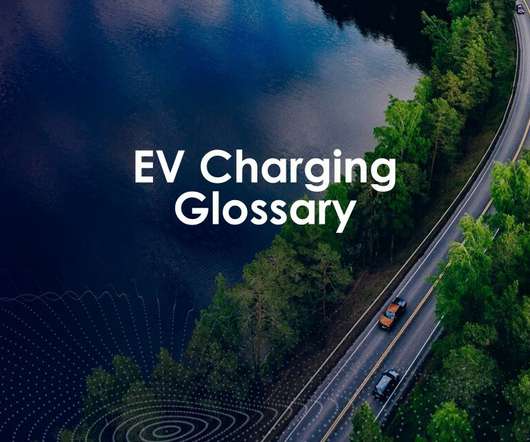
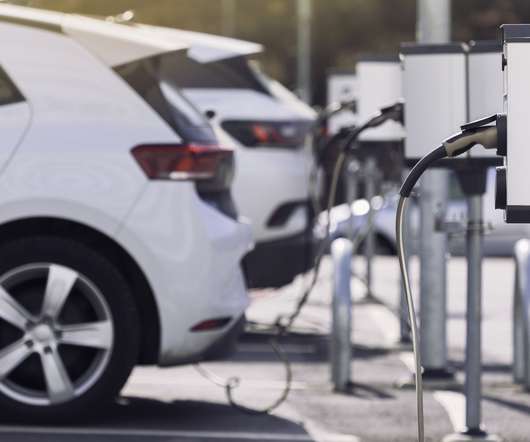



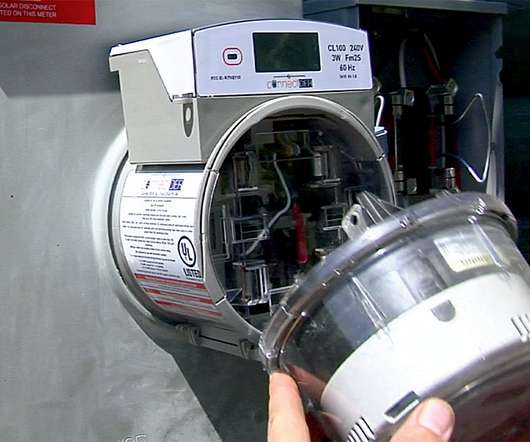


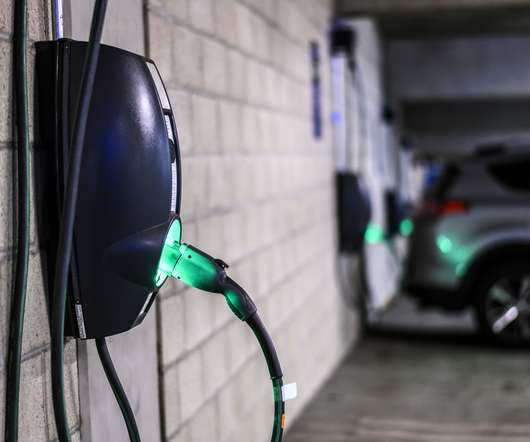
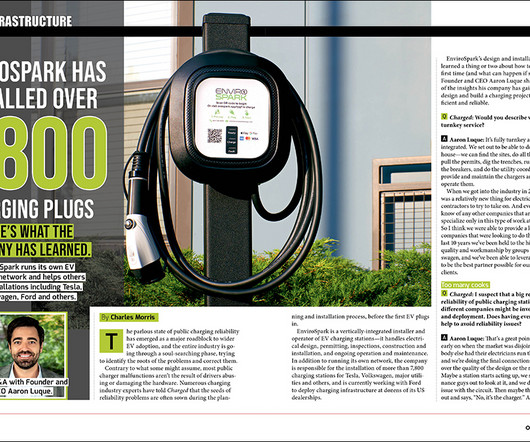
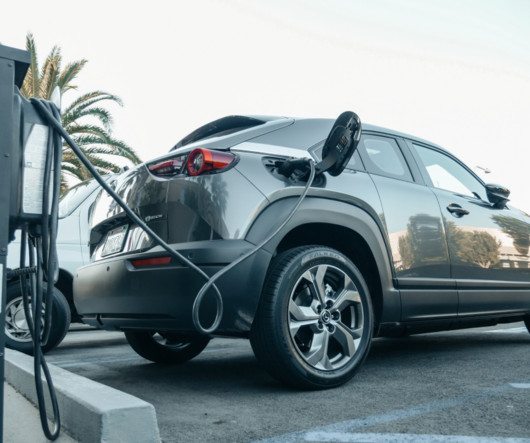
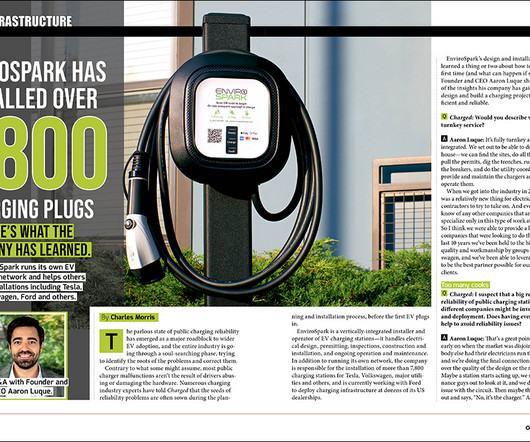






Let's personalize your content